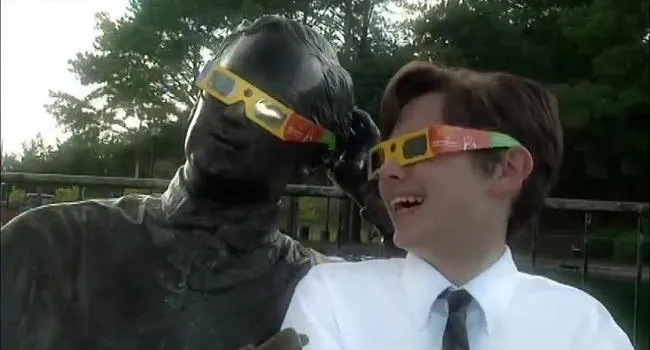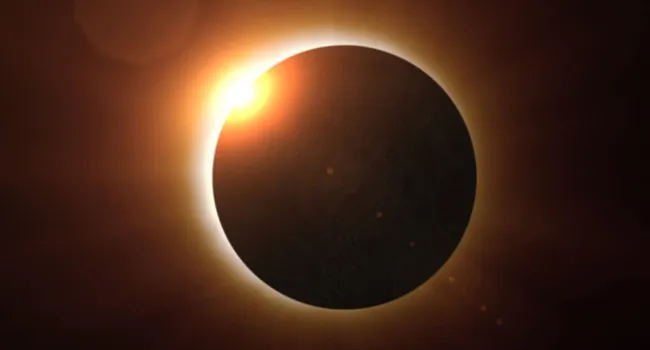Charles Fulco is the National Education Coordinator for the American Astronomical Society's 2017 Total Solar Eclipse Task Force. In this video, Fulco explains how to predict eclipses.
READ TRANSCRIPT:
[MUSIC PLAYING] - Hi, I'm Charles Fulco. And I'm the national education coordinator for the American Astronomical Society's 2017 Total Solar Eclipse Task Force. It sounds like a lot, but it actually has been a wonderful experience of traveling the country, going to different districts, seeing different universities, colleges, planetariums, science centers, but mostly going to k-12 schools in order to promote the 2017 total solar eclipse.
Scientists have known for years, almost to the second, when an eclipse will occur. But even before that-- going back to Sumerians, Babylonians, Egyptians-- there was a whole lot of good science going on back then that somehow was lost until the Renaissance period. So we have ancient civilizations recognizing that the moon, the sun, and the Earth move in specific and highly predictable patterns. Something I like to teach late elementary, middle school, and especially the high school students-- how to predict something based on past occurrence.
And for an eclipse to happen is a wonderful alignment of the sun, the Earth, and the moon. To me, it's one of the most beautiful alignments in nature because the moon is 400 times smaller than the sun, but it's also 400 times closer to the Earth. So that magical coincidence makes the moon appear to be almost the exact same size as the sun in the sky. If the moon were much larger, it would hide the inner parts of the corona, which is that beautiful outer atmosphere of the sun, that's only visible during totality, which I can't wait for all of you to see around the state. That's going to be awesome.
If the moon were any smaller than it is, you would never have a total total eclipse, because it simply wouldn't be large enough to cover the sun. So in one of the most amazing and spectacular coincidences in nature, we have a moon that is almost exactly the same size as our star, causing this magical coincidence to happen for about, in our case, about 2 and 1/2 minutes, where the moon will completely block the sun, revealing the corona, but not overly encompassing the sun.
So you see that beautiful prominences appear from the outer surface of the sun. This gorgeous neon pink will appear. You'll see the chromosphere of the sun, that outer atmosphere of the sun, that's only visible for maybe five or 10 seconds. But is that gorgeous magenta. You won't miss it. And that's one of the things I stress, too, when I talk to middle schoolers, high schoolers about the wonderful coincidences and recognizing patterns and prediction, is that you know, there's also a magic behind eclipses. Sure, there's patterns and there's mathematics. But just get to get out there and look while you recognize the beauty of the patterns.
So going back to what we said about the ancient civilizations, once they discovered that there was this pattern that is now known as the Saros cycle-- it's a cycle of 18 years, 11.3 days-- they discovered that during that interval an eclipse will repeat itself almost to the same pattern, the same duration, the same style of path along the Earth. And once they discovered that, that made it very easy to predict future eclipses. So the 0.3 part of the Saros cycle, though, is that 0.3 comes out to about eight hours of time during a day. So during the eight hours, the Earth will have rotated about 120 degrees on its axis.
So for instance, I saw the eclipse of August 11th, 1999, in Salzburg, Austria. Well, if you add 18 years and 11 days and eight hours, we get to August 21, 2017. But that extra eight hours causes the Earth to rotate 120 degrees on its axis, causing that similarly shaped path to now fall over here in this part of our world, instead of back here, where it did 18 years ago. So that's-- once again, once that pattern was recognized, that allowed a whole other science to happen, eclipse science-- eclipseology, if you will-- letting people know, understand when to go view the next one.
[MUSIC PLAYING]


